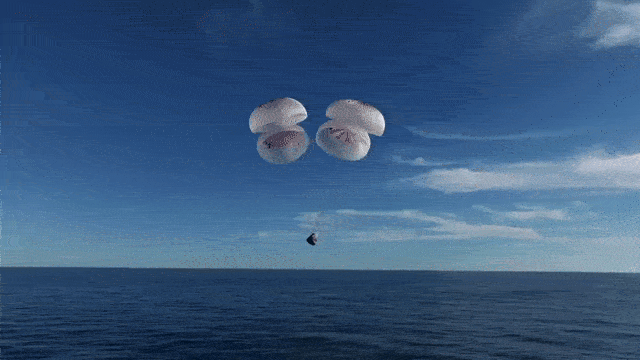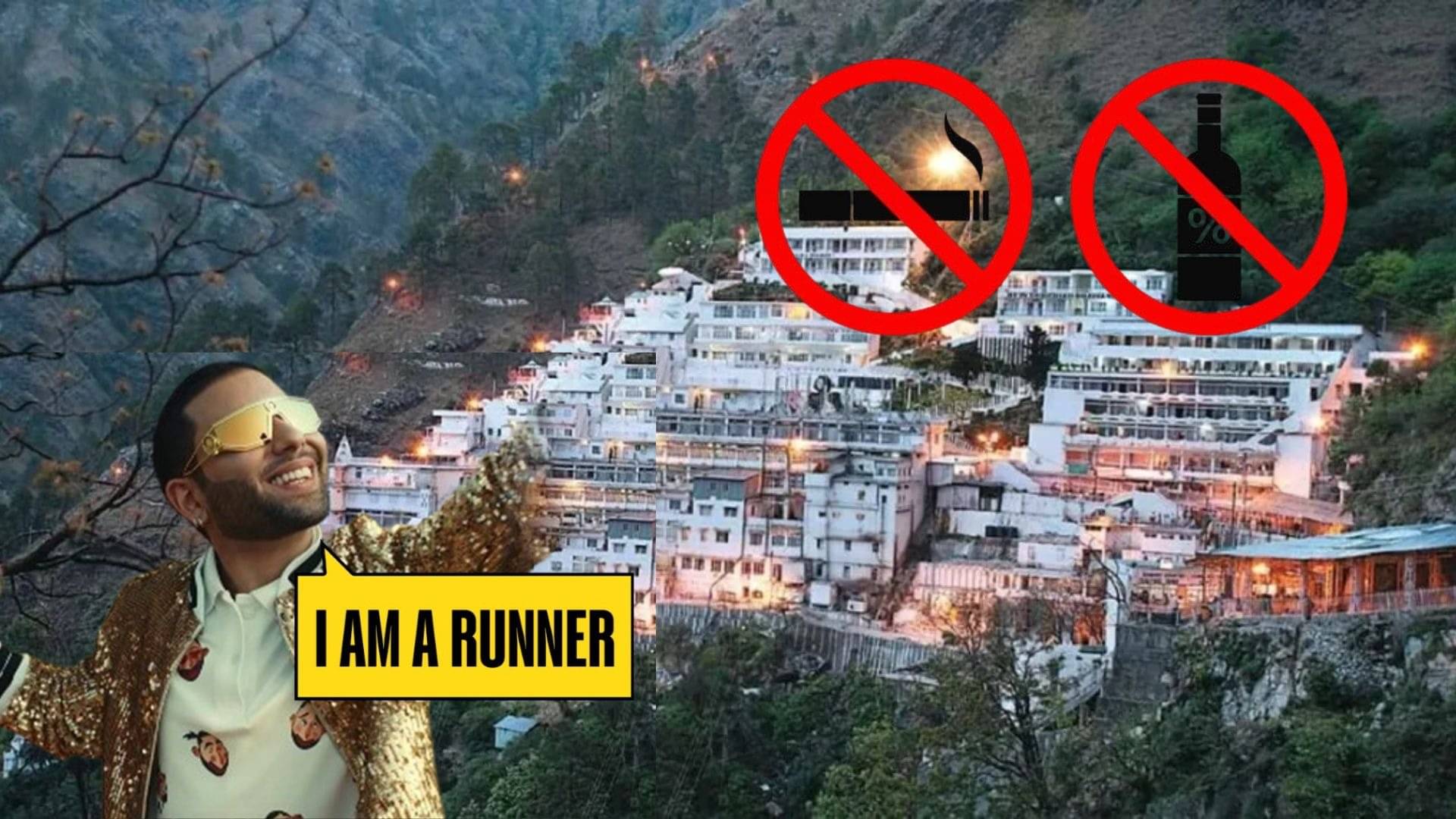Now Reading: Sunita Williams, Butch Wilmore Safely Return to Earth After Crew-9 Splashdown
-
01
Sunita Williams, Butch Wilmore Safely Return to Earth After Crew-9 Splashdown
Sunita Williams, Butch Wilmore Safely Return to Earth After Crew-9 Splashdown

Quick Summary
- NASA astronauts Sunita Williams and Butch Wilmore returned to Earth after remaining in space for 9 months due to technical issues with their original return spacecraft.
- Crew-9, including Nick Hague, Aleksandr Gorbunov (Roscosmos), Williams, and Wilmore, successfully made a textbook splashdown onboard SpaceX Dragon off the coast of Florida near Tallahassee.
- The journey from the International Space Station took approximately 17 hours and involved several key phases: departure burns, trunk jettisoning, deorbit burn, re-entry into Earth’s atmosphere, parachute deployment, and splashdown.
- SpaceX Dragon autonomously undocked from ISS before performing orbit-lowering maneuvers to ensure safe re-entry into Earth’s atmosphere.
- NASA provided minute-by-minute updates confirming recovery operations after splashdown in the Atlantic Ocean. The capsule was lifted onto a recovery vessel post-splashdown.
Indian Opinion Analysis
The successful return of NASA astronauts Sunita Williams and Butch Wilmore highlights advancements in space collaboration between agencies like NASA and private enterprises such as SpaceX.The seamless coordination for Crew-9’s return despite earlier technical setbacks demonstrates resilience within aerospace innovation. For India-where organizations like ISRO increasingly aim to work alongside international counterparts-this incident serves as a reminder of challenges in human spaceflight missions but also underscores technological strides that enable precise problem-solving even under complex circumstances. As India prepares its own manned missions such as Gaganyaan, studying operational frameworks like those employed by projects involving Boeing’s Starliner or SpaceX could serve valuable learning purposes for future endeavors.






















